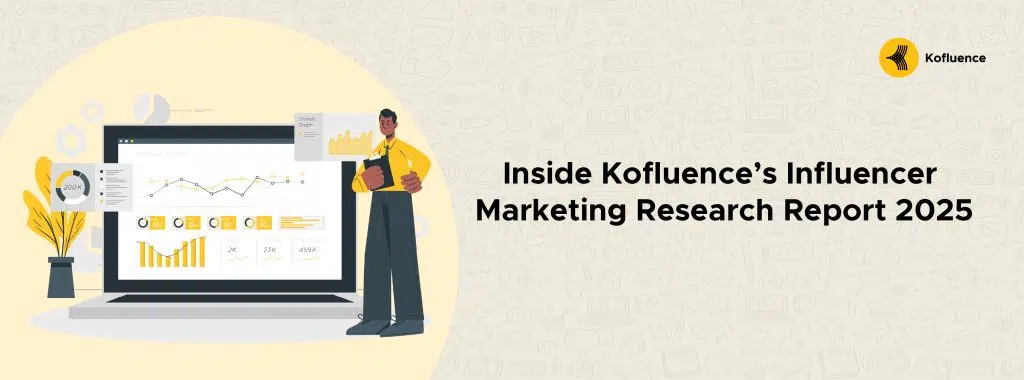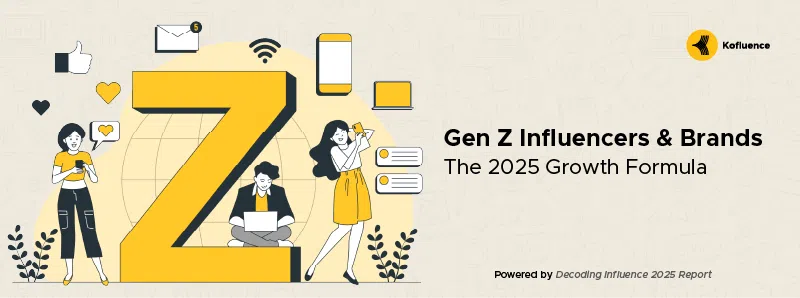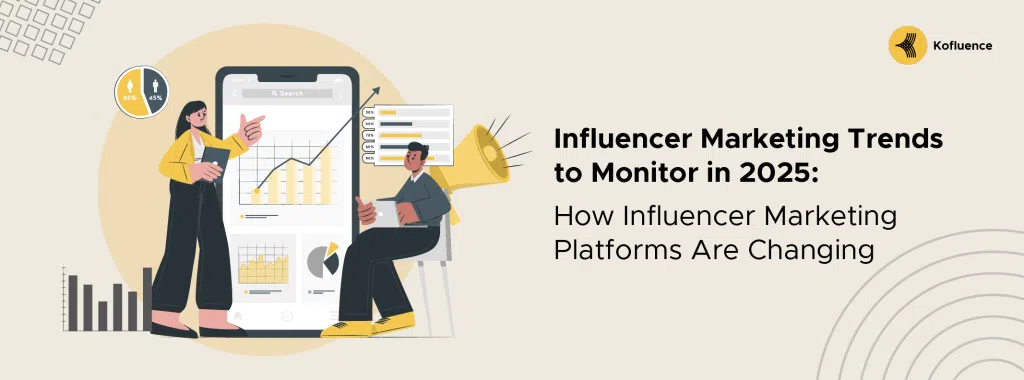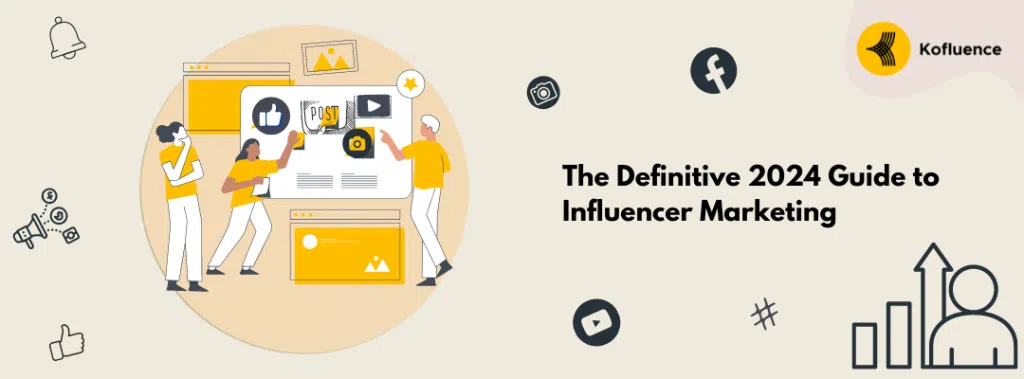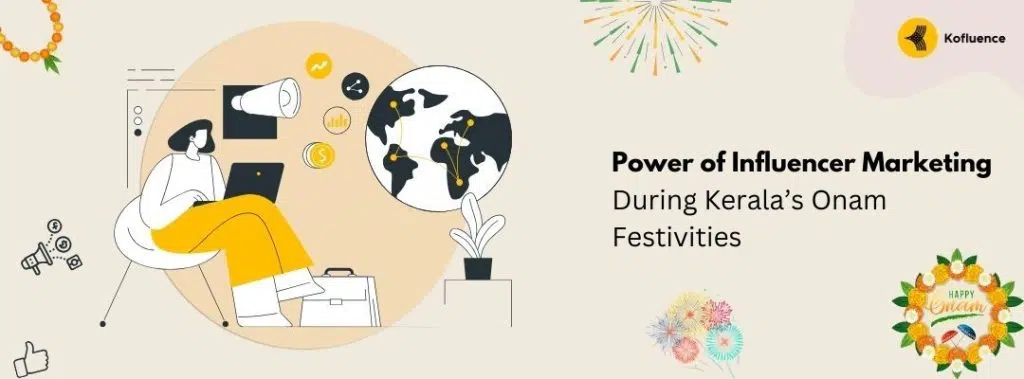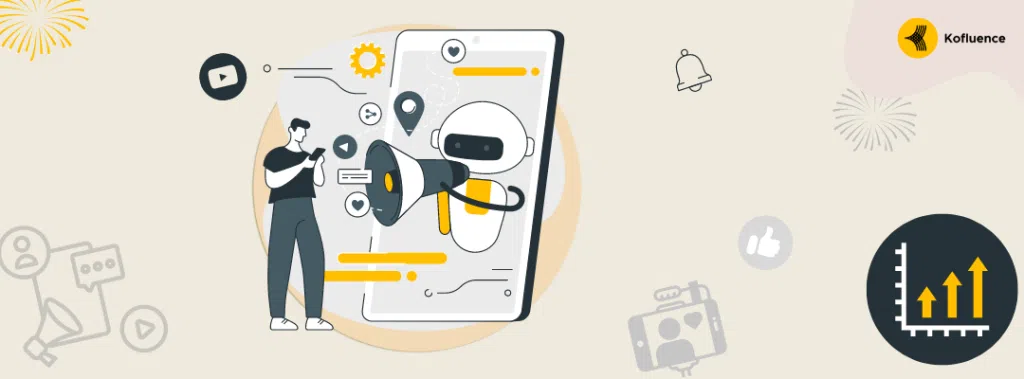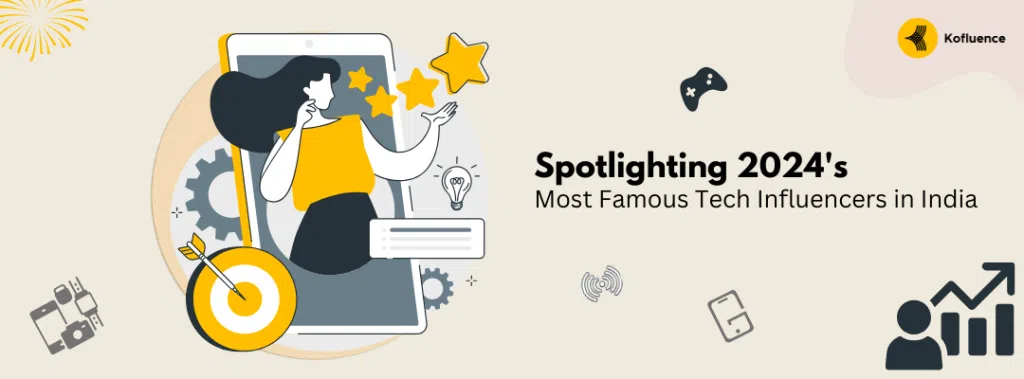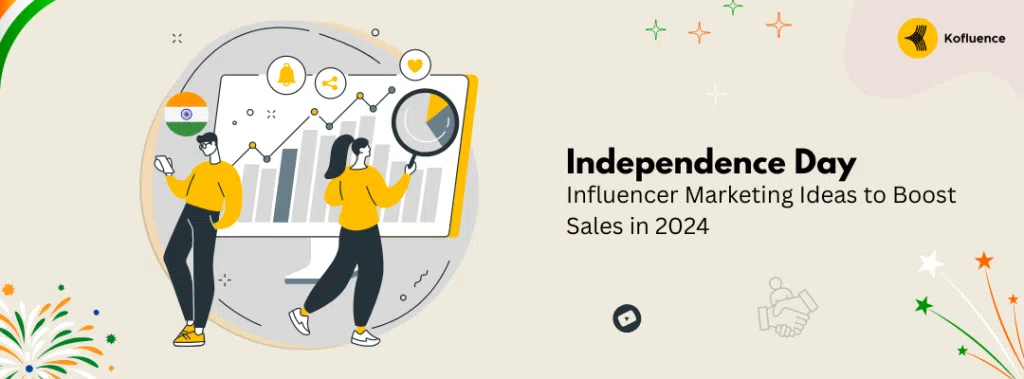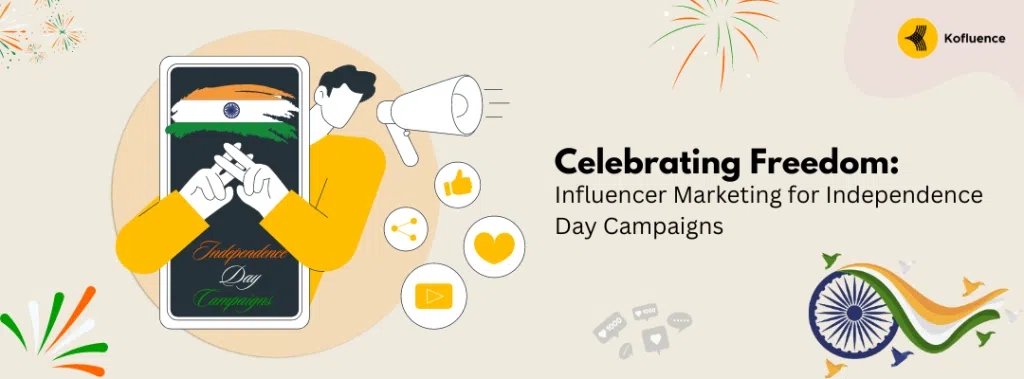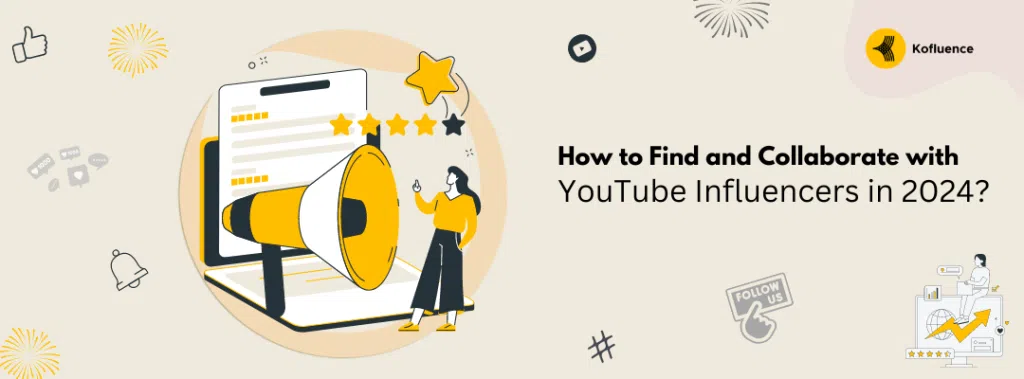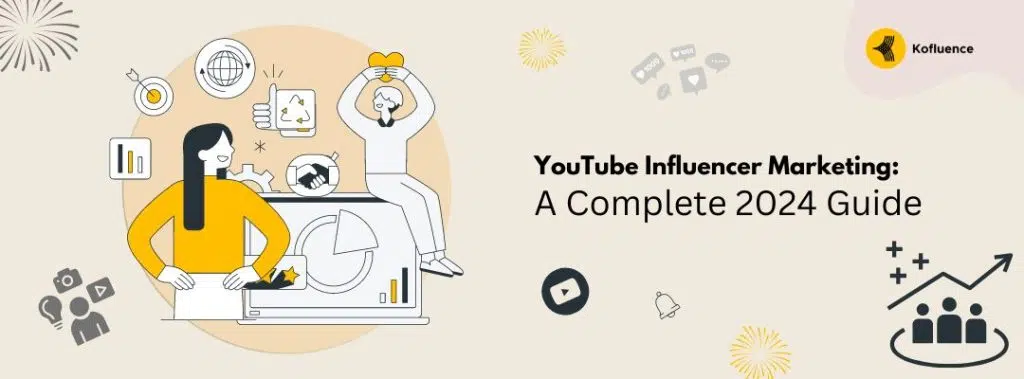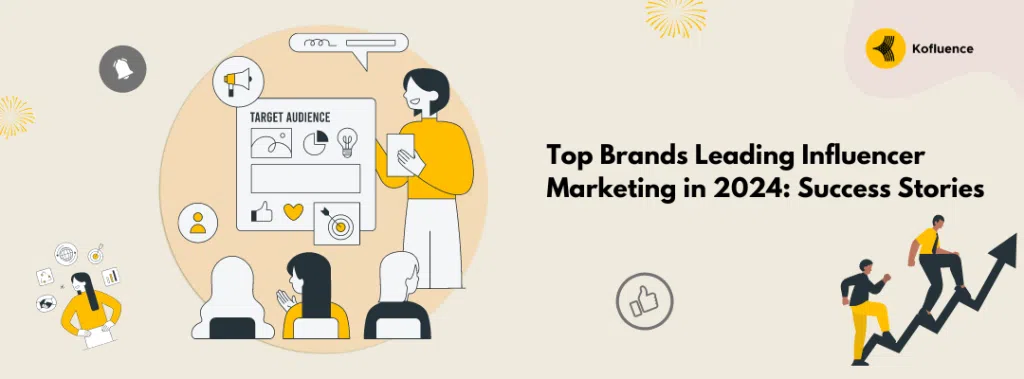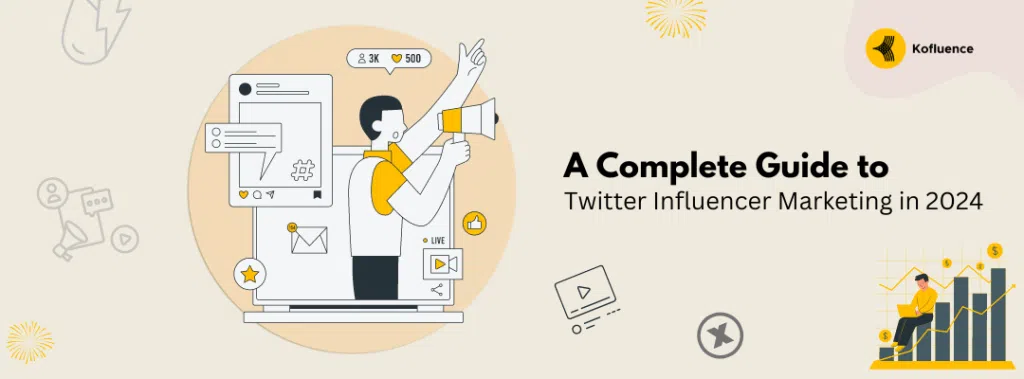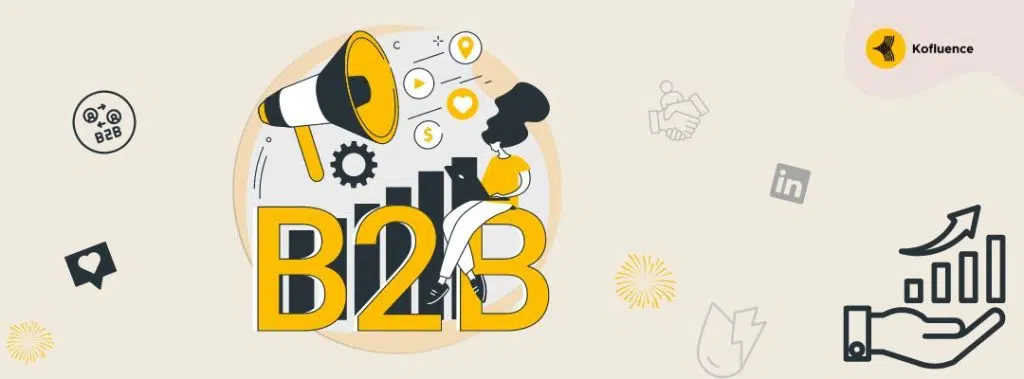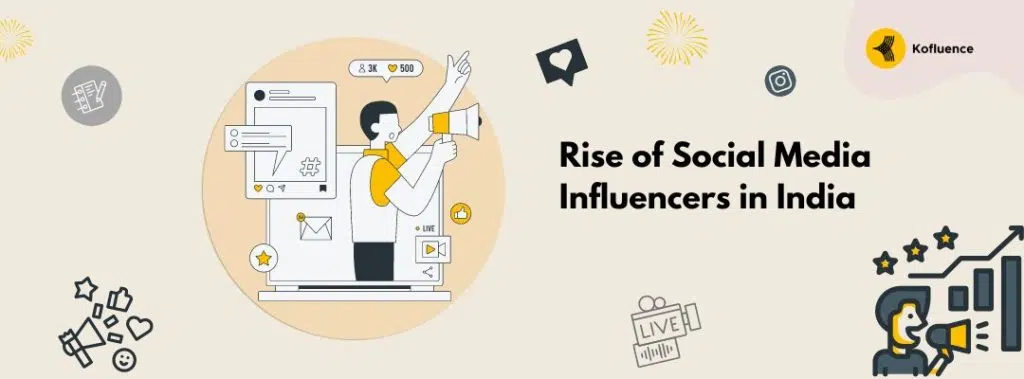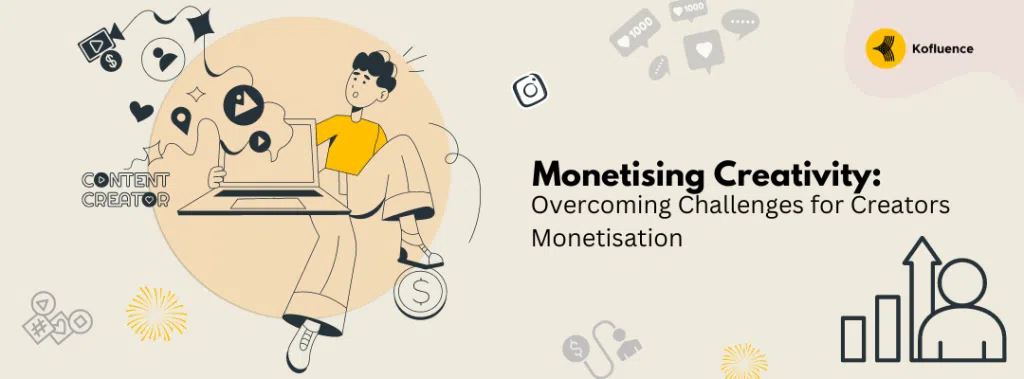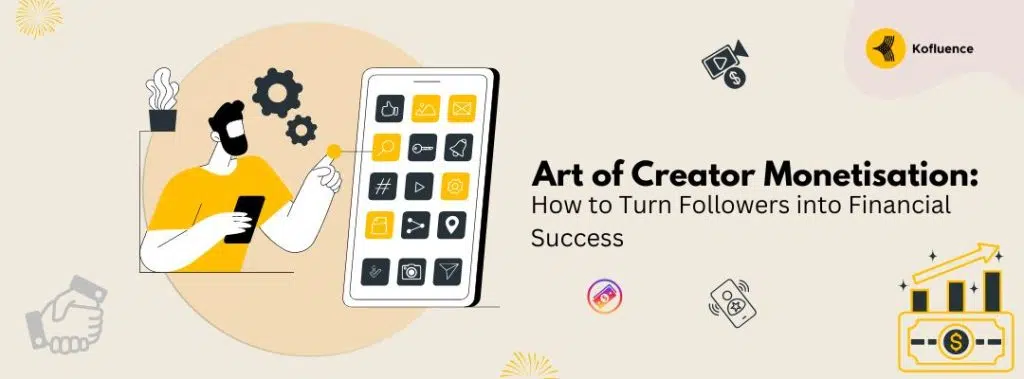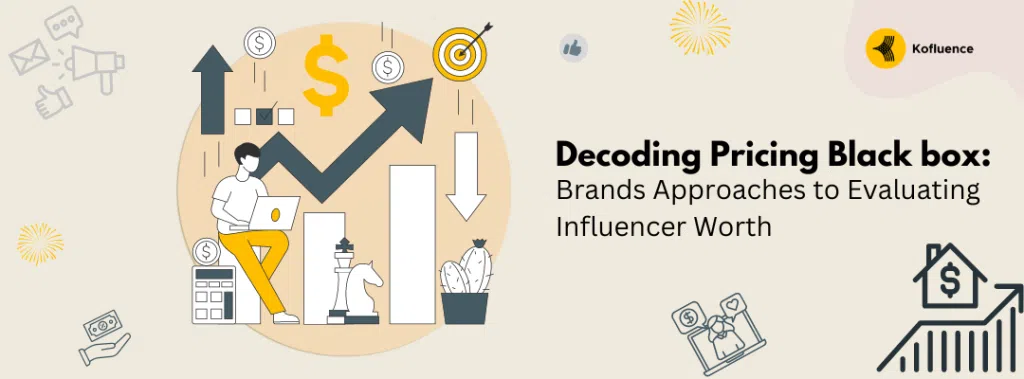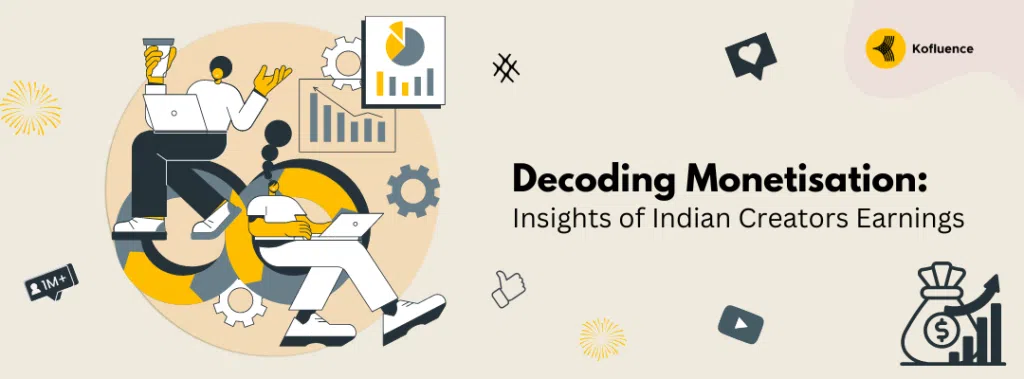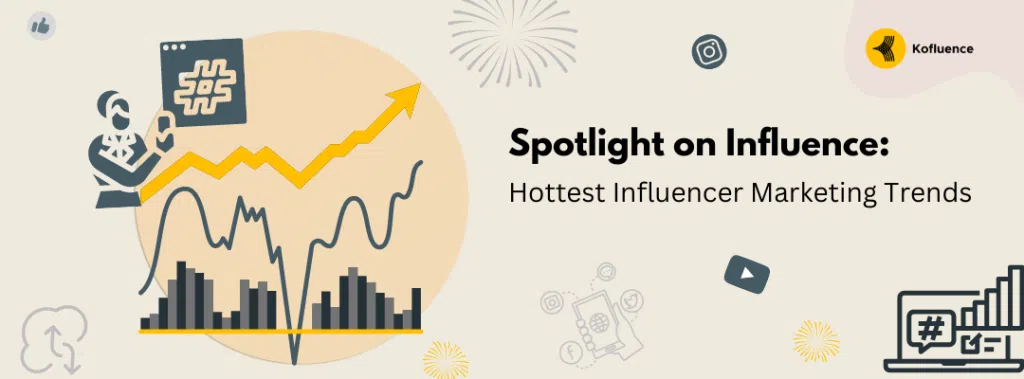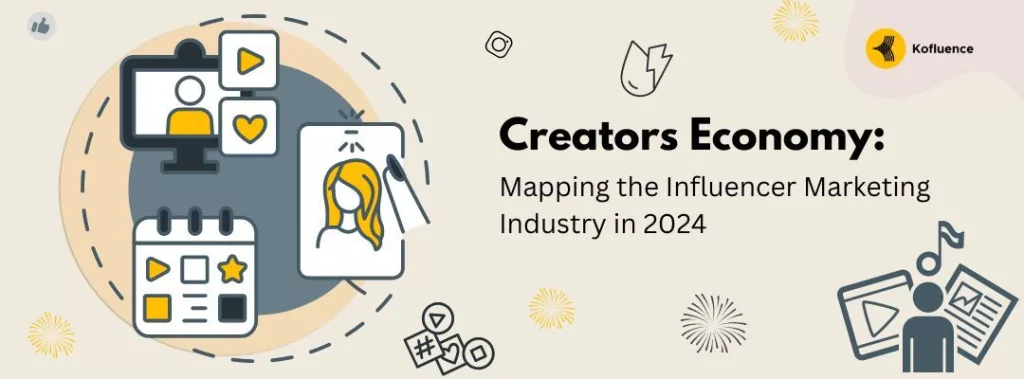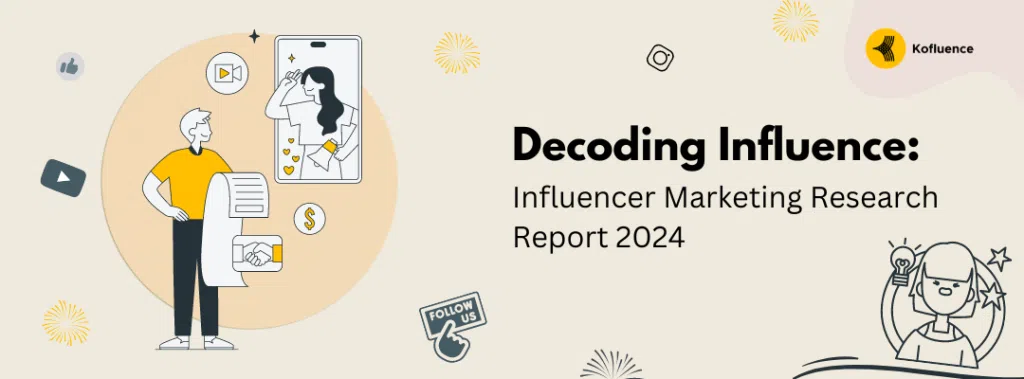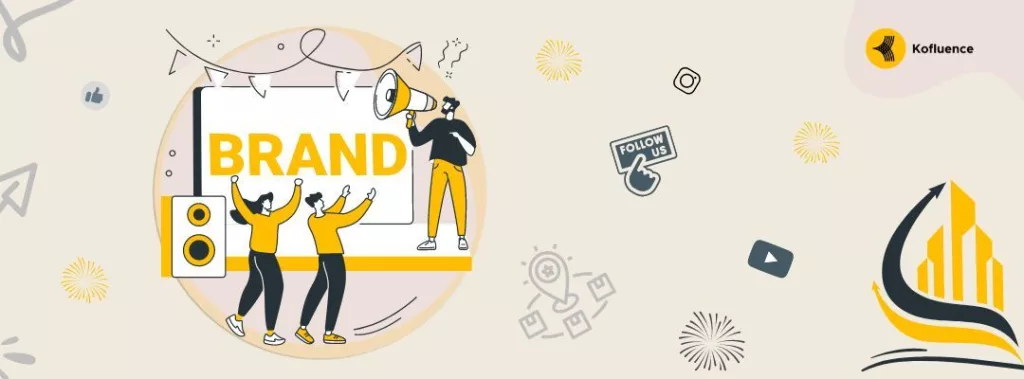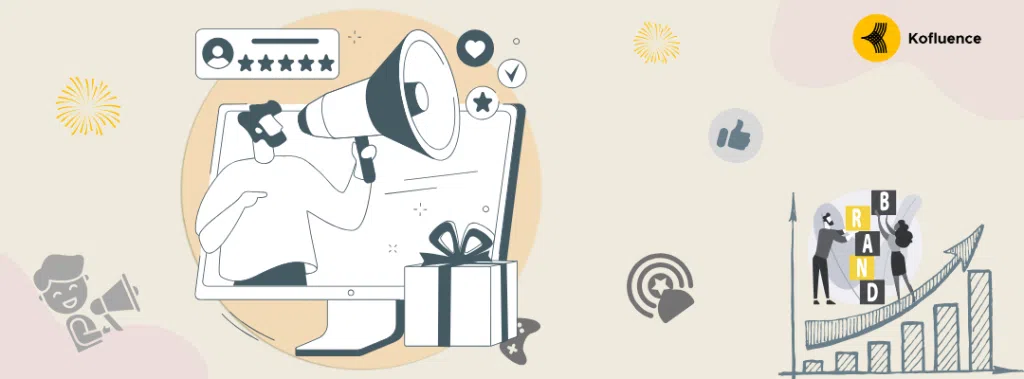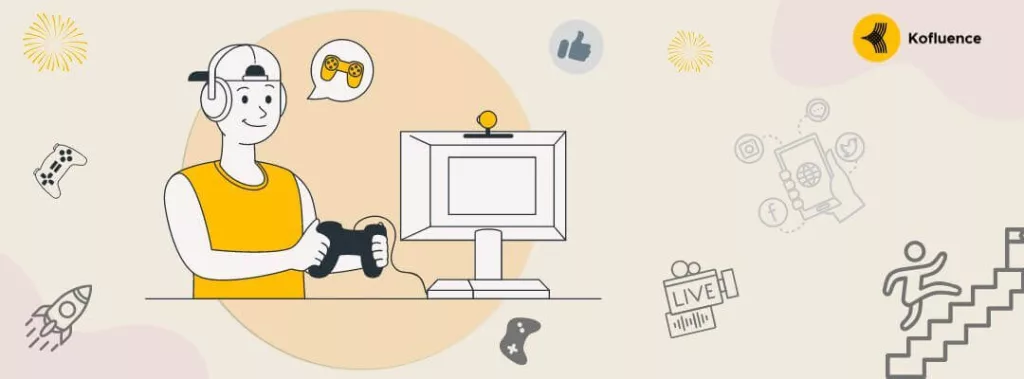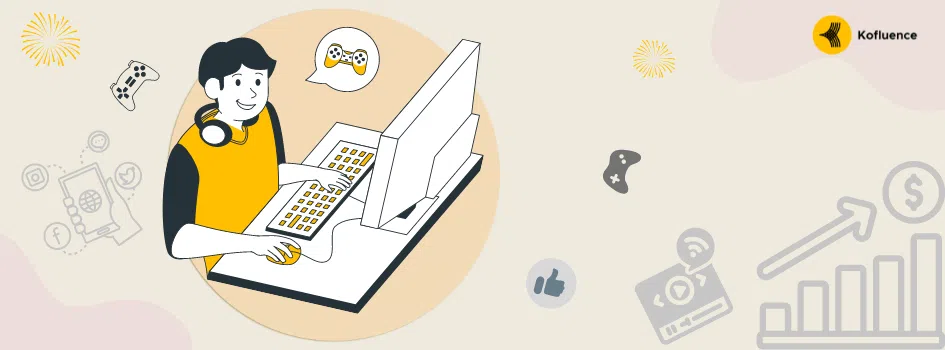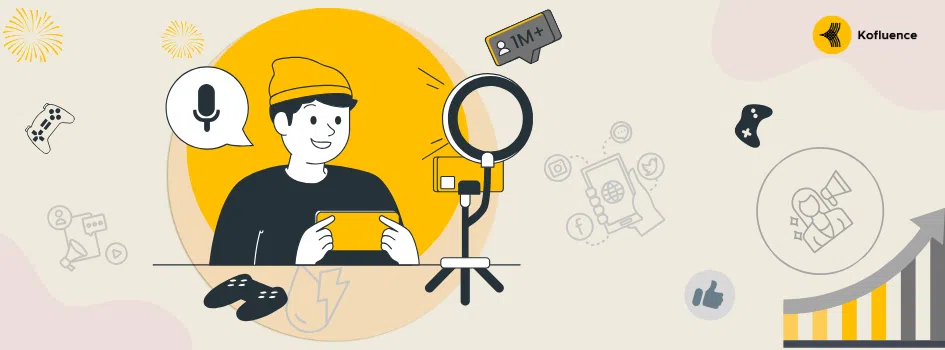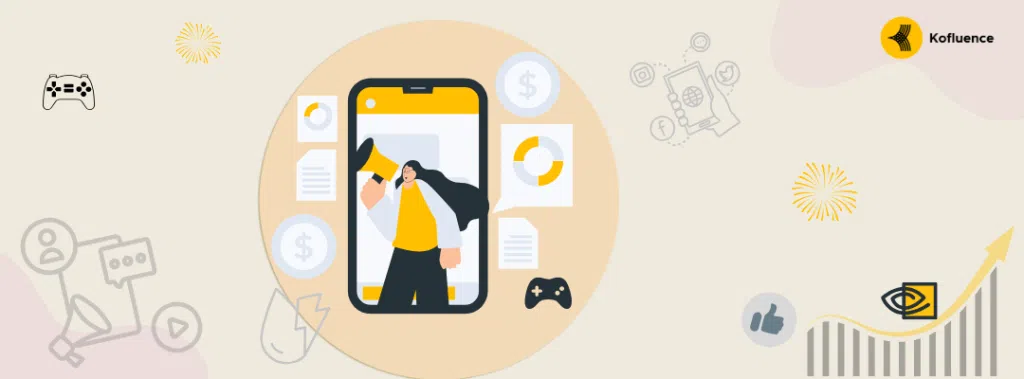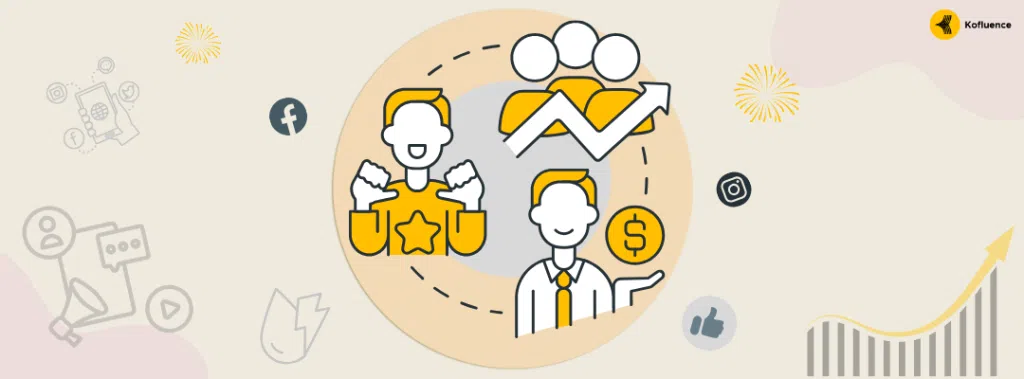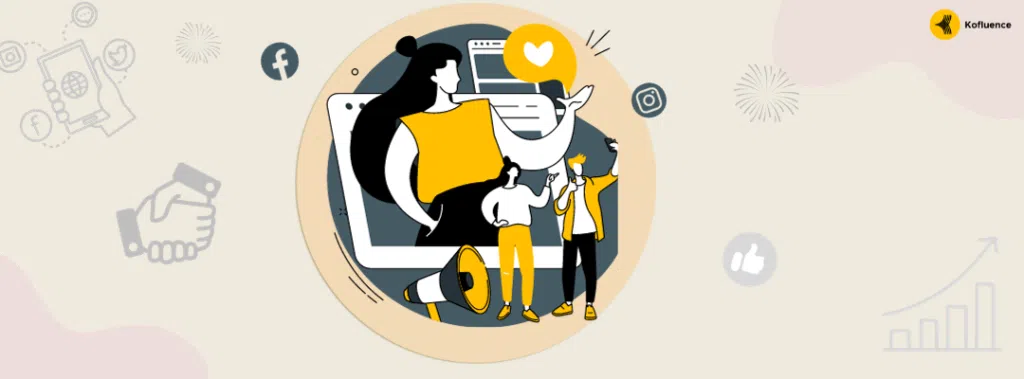Introduction
A Market in Motion: Understanding India’s Influencer Landscape
Key Trends in Influencer Marketing: What Defines 2025
The Rise of Tech-Driven Influence: AI and Automation in Play
Trust and Transparency: The New Brand Currency
From Content to Commerce: The Creator Economy Evolves
Gen Z and the Evolution of Brand Engagement
Platform Performance: Instagram Dominates, YouTube Diversifies
Key Challenges and Smart Solutions for 2025
Regional Rise: Bharat Joins the Conversation
The Road Ahead: Strategic Influence in a Dynamic World
Final Word
FAQs
Introduction
The influencer marketing ecosystem in 2025 is at a pivotal stage. Kofluence’s Influencer Marketing Research Report 2025 offers a detailed, data-driven analysis of the evolving influencer marketing landscape in India. Built on insights from over 1,000 creators, brands, and marketers, this report maps the growing impact of influencer marketing on consumer behavior and business performance.
A Market in Motion: Understanding India’s Influencer Landscape
India’s influencer economy is no longer in its infancy. With 3.5 to 4.5 million creators and growing at a 22% CAGR, the creator economy is one of the strongest drivers of digital engagement. The phasing out of third-party cookies and increasing data privacy norms have accelerated the shift toward influencer marketing platforms that offer direct, credible, and authentic consumer engagement.
From tier-1 cities to Bharat’s heartland, India’s digitally native consumers are engaging with creators in their own languages, formats, and cultural contexts. Instagram and YouTube remain dominant, while short-form video continues to outpace other content types in reach and engagement.
Key Trends in Influencer Marketing: What Defines 2025
Kofluence’s report outlines the key trends in influencer marketing for 2025. These insights are backed by extensive platform-level data, interviews, and surveys:
- Digital ad spends remain highly concentrated, with Alphabet and Meta properties commanding 60% of global spending.
- Instagram continues to be the top influencer marketing platform, receiving over 50% of brand allocations.
- Micro-influencers, those with 10K–100K followers, are driving hyperlocal campaigns across tier-2 and tier-3 cities.
- Short-form videos are now the preferred monetization format for more than half of all creators.
- Sponsored collaborations top income streams for creators, though platform ad revenue accounts for only 15% of their earnings.
- 88% of creators earn less than 75% of their income from social media, indicating the need for diversified revenue strategies.
- E-commerce brands contribute the highest share (23%) of influencer marketing budgets, followed closely by FMCG at 19%.
These findings reveal an ecosystem marked by scale, experimentation, and a growing alignment between business goals and creator capabilities Methodology: Research Built for Precision and Scale
The Influencer Marketing Research Report 2025 by Kofluence is grounded in a robust methodology:
- Platform analysis of over 2 million creators
- Quantitative surveys and qualitative interviews
- Inputs from CMOs, senior brand managers, and top-tier creators
- Industry benchmarks and third-party validations
This makes the report a reliable guide for marketers, strategists, and decision-makers aiming to scale their influencer marketing programs.
The Rise of Tech-Driven Influence: AI and Automation in Play
Technology is revolutionizing influencer workflows. Key developments:
- 30% of marketers use AI for content creation and campaign optimization.
- 61% have adopted platform-based tools for influencer operations.
- Automation is improving cost-efficiency, while AI aids in creator discovery and ROI tracking.
The synergy between human creativity and machine intelligence is creating new standards for influencer marketing platforms in India.
Trust and Transparency: The New Brand Currency
With increasing regulatory oversight:
- Over 70% of marketers and 50% of creators support mandatory content disclosures.
- Ethical collaborations are rising in value, with brands favoring transparency as a long-term trust driver.
Trust now directly correlates with performance, conversions, and retention.
From Content to Commerce: The Creator Economy Evolves
Creators now influence every stage of the content-to-commerce funnel:
- Instagram Shops, YouTube product reviews, and AR try-ons enhance buying journeys.
- Income sources now include affiliate marketing, merchandise, courses, and fan contributions.
- Diversification is no longer optional—it’s a creator’s survival strategy.
Gen Z and the Evolution of Brand Engagement
Generation Z has fundamentally reshaped marketing paradigms. Characterized by their short attention spans and skepticism toward traditional advertising, Gen Z values experiences, authenticity, and community. Influencer marketing strategies now require not just storytelling but participatory engagement—UGC campaigns, AR filters, gamified brand challenges, and social proof integrations.
Gen Z has changed the rules of engagement:
- 36% of marketers prefer user-generated content for Gen Z targeting.
- Immersive and gamified formats like AR filters and interactive challenges are winning mindshare.
- Emotional, participatory, and purpose-driven campaigns deliver the best results.
Platform Performance: Instagram Dominates, YouTube Diversifies
Instagram’s dominance in influencer marketing spend stems from its unparalleled ability to deliver high-engagement short-form content. Reels outperform both YouTube Shorts and long-form content in terms of views-per-follower, though YouTube offers better monetization infrastructure through AdSense, Super Thanks, and long-form searchability.
That said, content strategy is not a one-size-fits-all model. While Instagram is ideal for immediacy and mass reach, YouTube’s longevity and discoverability offer lasting value. Cross-platform repurposing remains a key strategy for creators aiming to maximize content shelf-life and income.
Key Challenges and Smart Solutions for 2025
- Budgeting & ROI Measurement
- 30% of brands find influencer budgeting a major challenge.
- Suggested fix: adopt data-backed performance metrics and pricing benchmarks.
- Transparency & Deliverables
- Mismatches between brand and creator expectations remain.
- Fix: use influencer marketing platforms for standard contracts, briefs, and tracking.
- KPI Prioritization
- Engagement, reach, and conversions top the performance metric list.
- Solution: build custom metrics for each campaign phase and platform.
Regional Rise: Bharat Joins the Conversation
The democratization of digital access in India means influencer marketing is no longer a metro phenomenon. With the rise of regional language content, creators in Tamil, Telugu, Bengali, and Marathi are capturing new demographics. The government’s $1 billion creator economy fund announced in March 2025 is set to further unlock regional potential, propelling local talent onto global stages.
Micro-influencers are at the center of this shift. With authentic voices and culturally relevant narratives, they offer unmatched resonance, particularly in hyperlocal campaigns. For brands seeking penetration in India’s heartland, micro-creators are not a cost-effective alternative, they are a strategic necessity.
The Road Ahead: Strategic Influence in a Dynamic World
Influencer marketing in 2025 has evolved into a full-fledged business strategy. The market now values:
- Long-term creator partnerships
- Data-driven influencer discovery
- Contextual relevance and cultural alignment
This isn’t just about communication—it’s about community, commerce, and credibility.
Final Word
Kofluence’s Influencer Marketing Research Report 2025 serves as a definitive guide for navigating this transformative era. As India’s influencer market matures, stakeholders must lead with insight, integrity, and innovation.
FAQs –
- What is influencer marketing and why is it important in 2025?
Influencer marketing is a strategy where brands collaborate with digital creators to promote products or services. In 2025, it has become essential due to the decline of third-party cookies and the demand for authentic, high-engagement content across digital platforms.
- How big is the influencer market in India?
India’s influencer economy is estimated to have 3.5 to 4.5 million creators and is growing at a CAGR of 22%. It is one of the fastest-growing digital sectors, especially in tier-2 and tier-3 cities.
- Which platforms are most used for influencer marketing in India?
Instagram leads influencer marketing spends in India, followed by YouTube. While Instagram is known for high engagement and Reels, YouTube offers better monetization for long-form content.
- How do brands measure the impact of influencer marketing?
Brands track metrics like engagement rate, reach, conversions, and ROI. However, Kofluence’s report highlights that engagement (31%) remains the most requested KPI among marketers.
- What makes Kofluence’s Influencer Marketing Research Report 2025 unique?
The report combines platform data, surveys, and expert interviews, providing the most comprehensive view of India’s influencer economy—including trends, challenges, and actionable insights.

